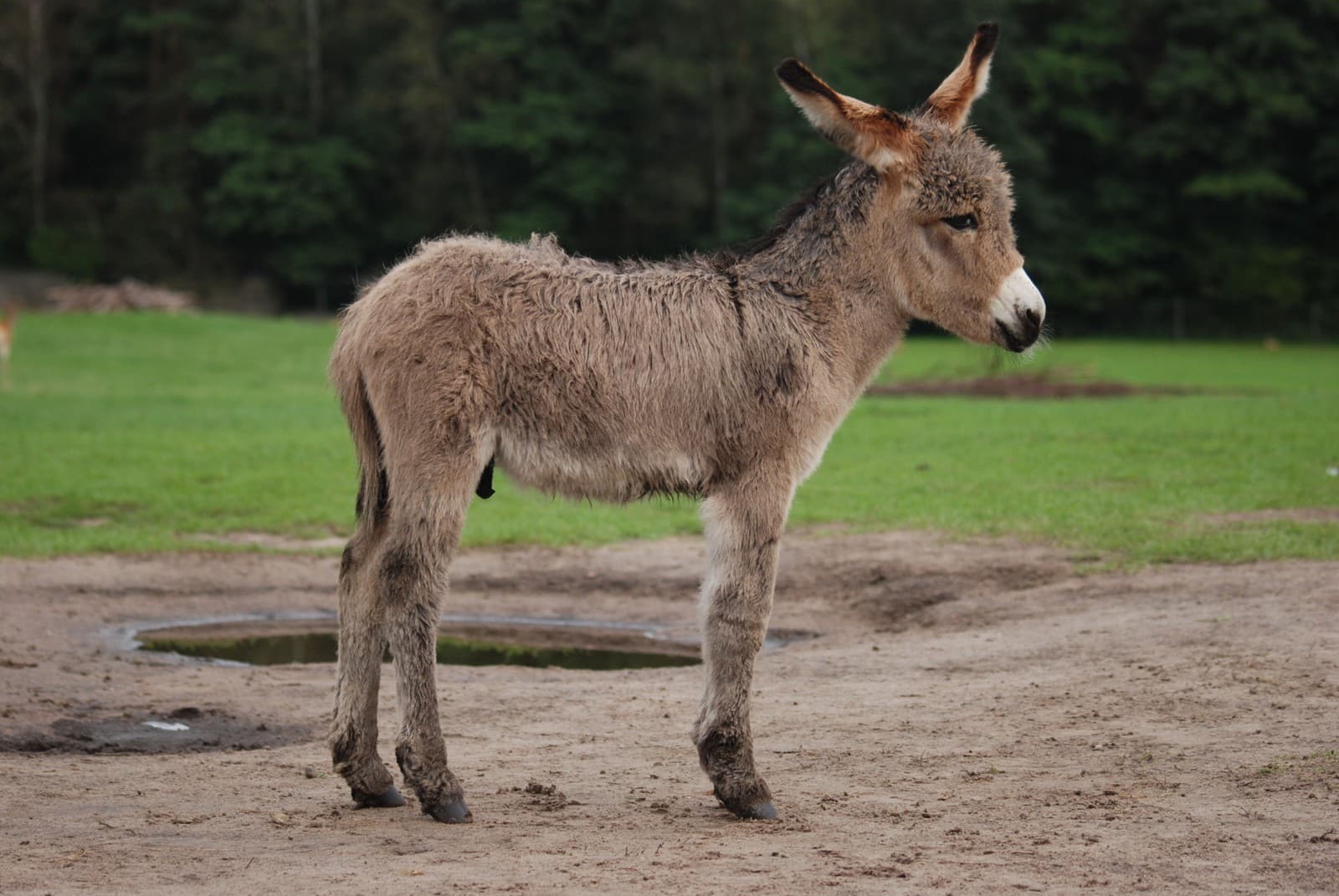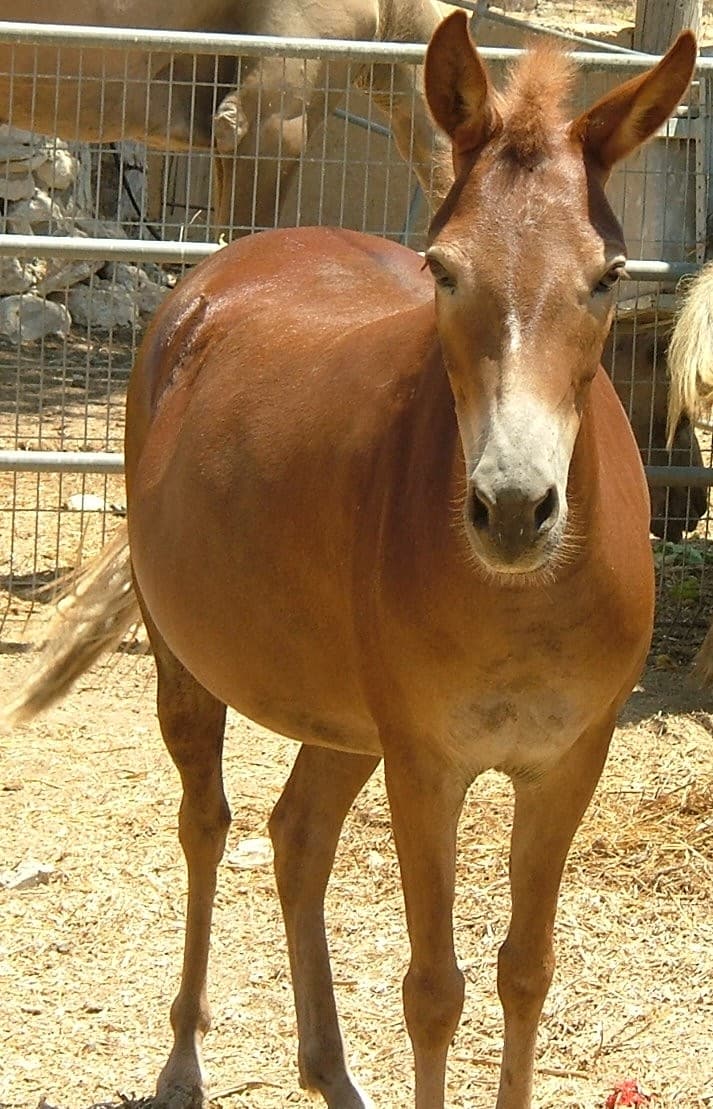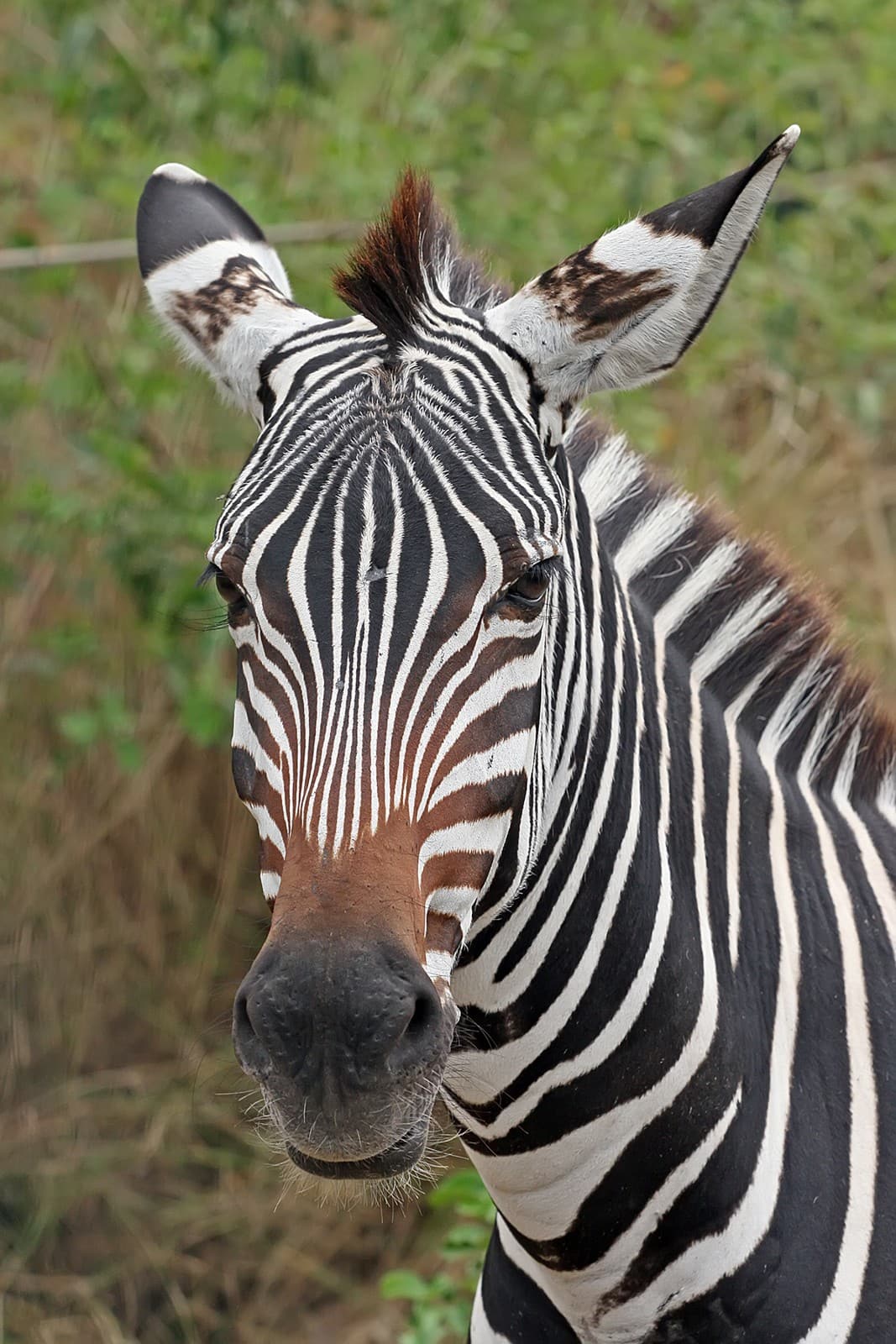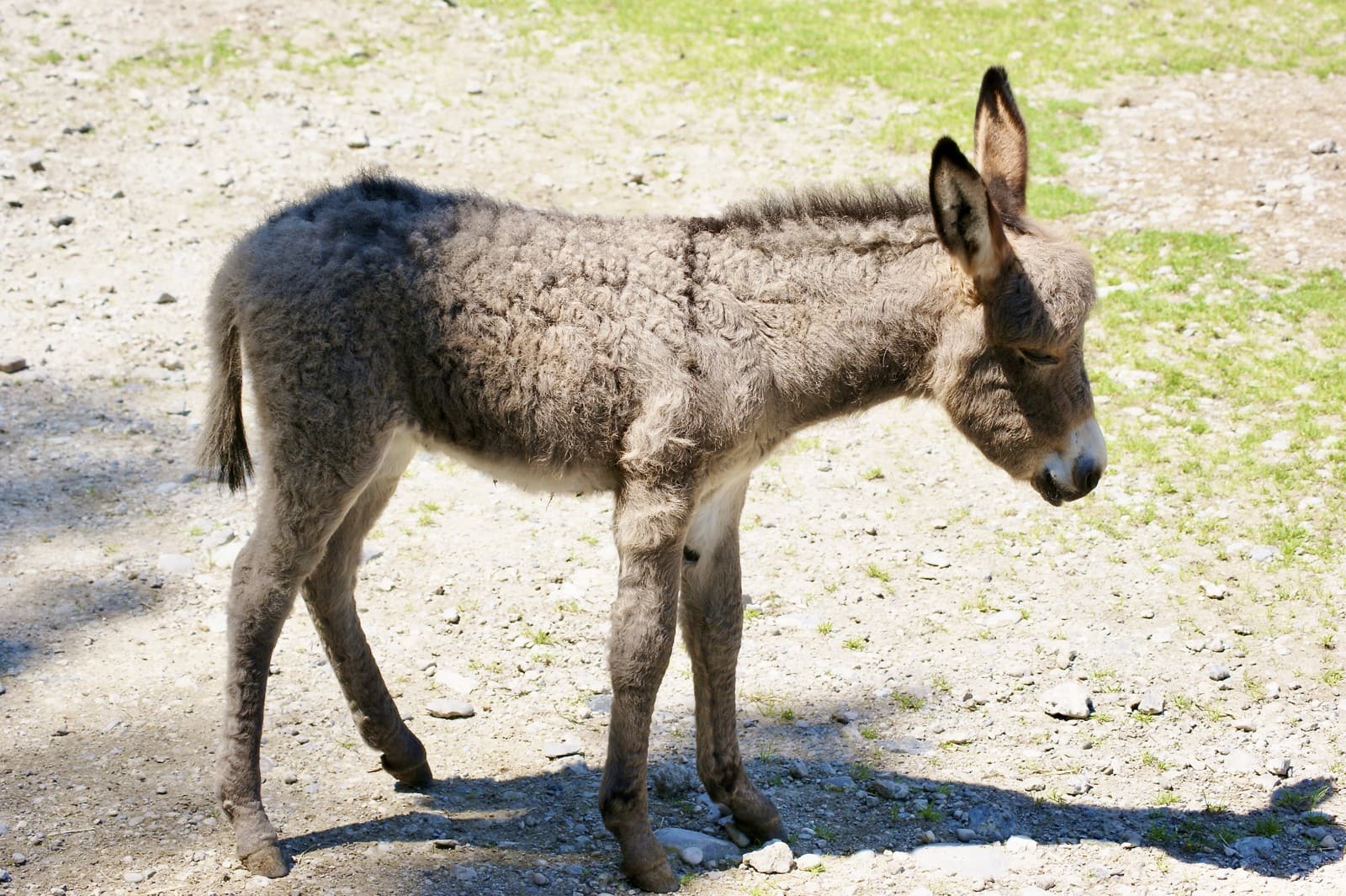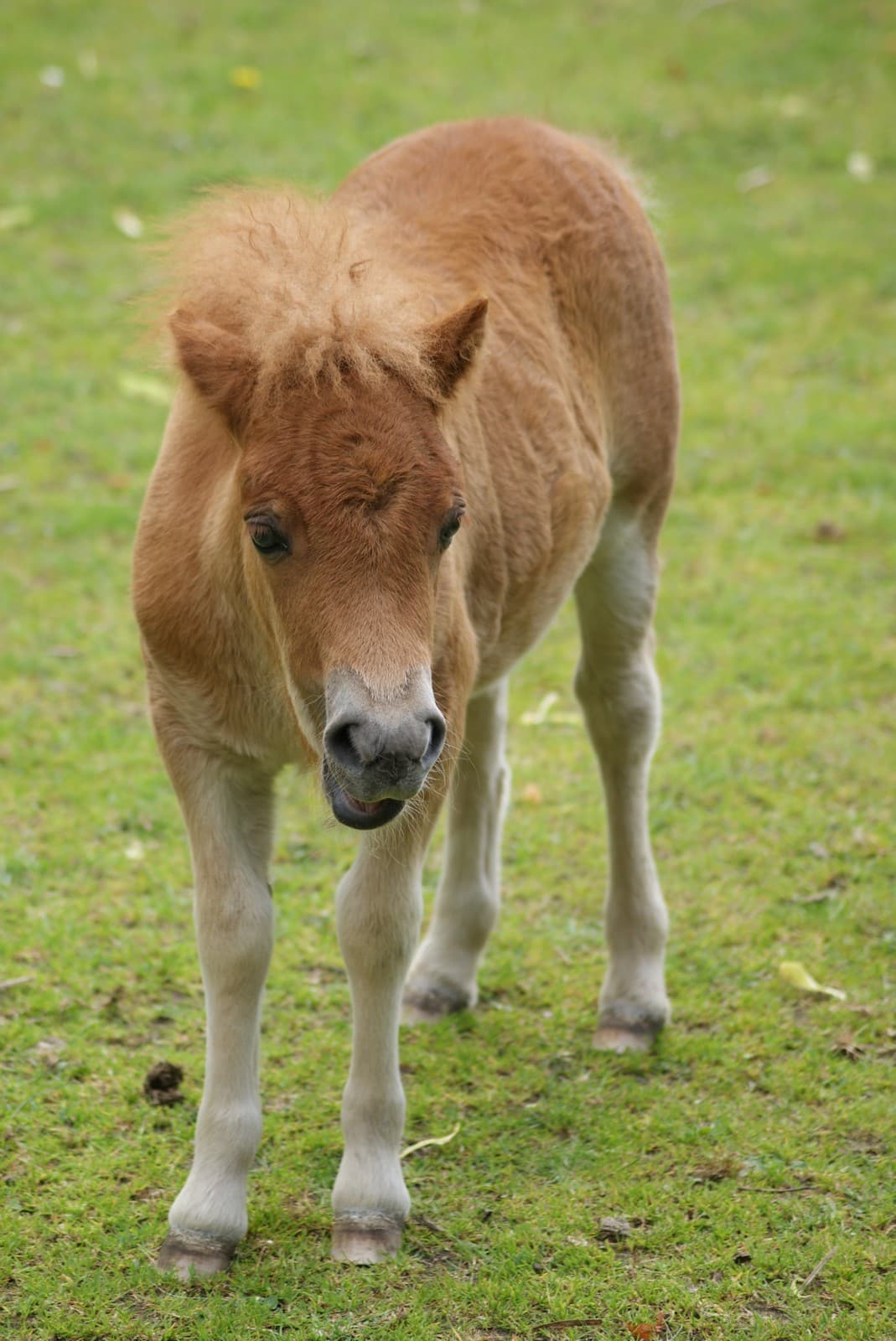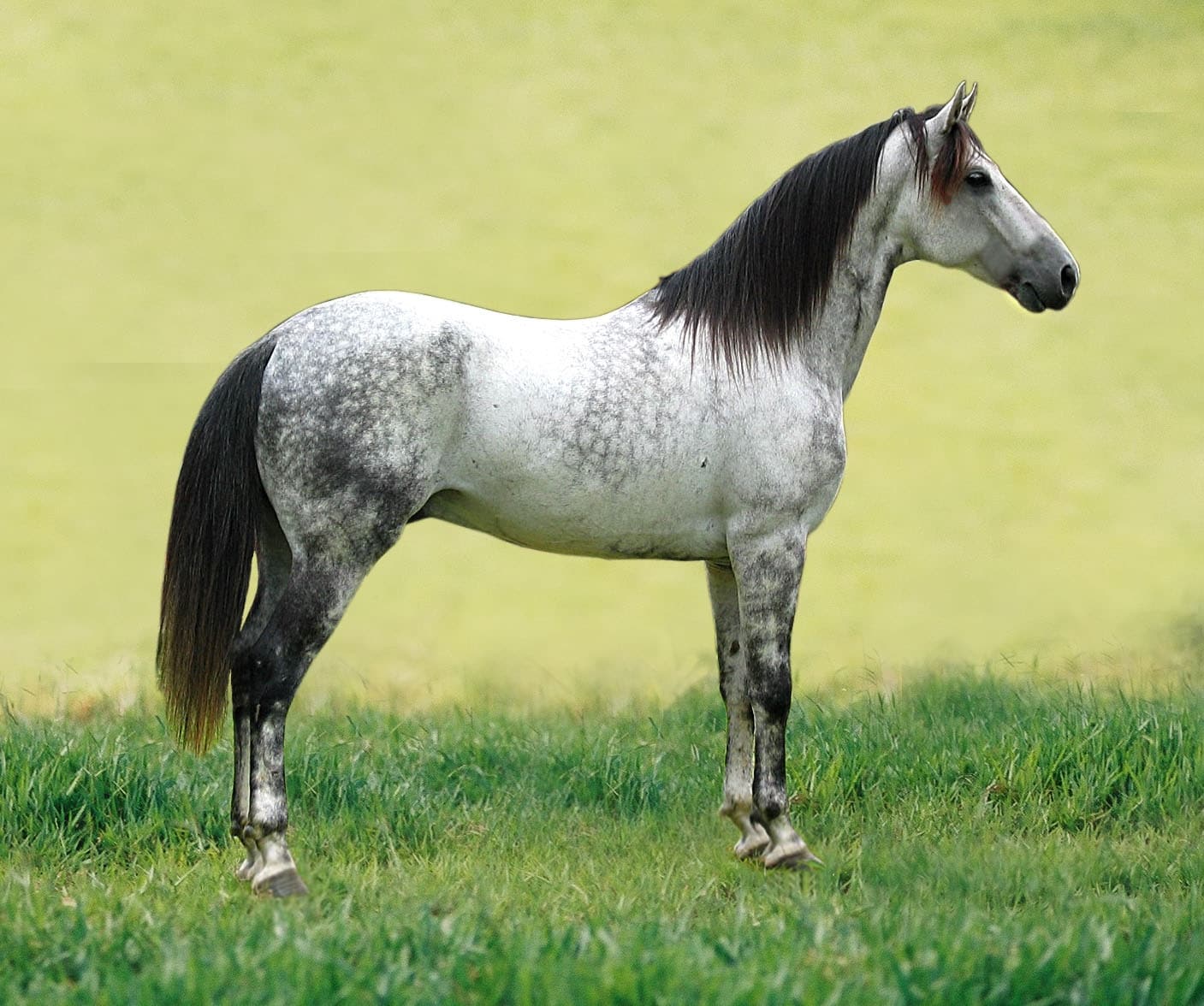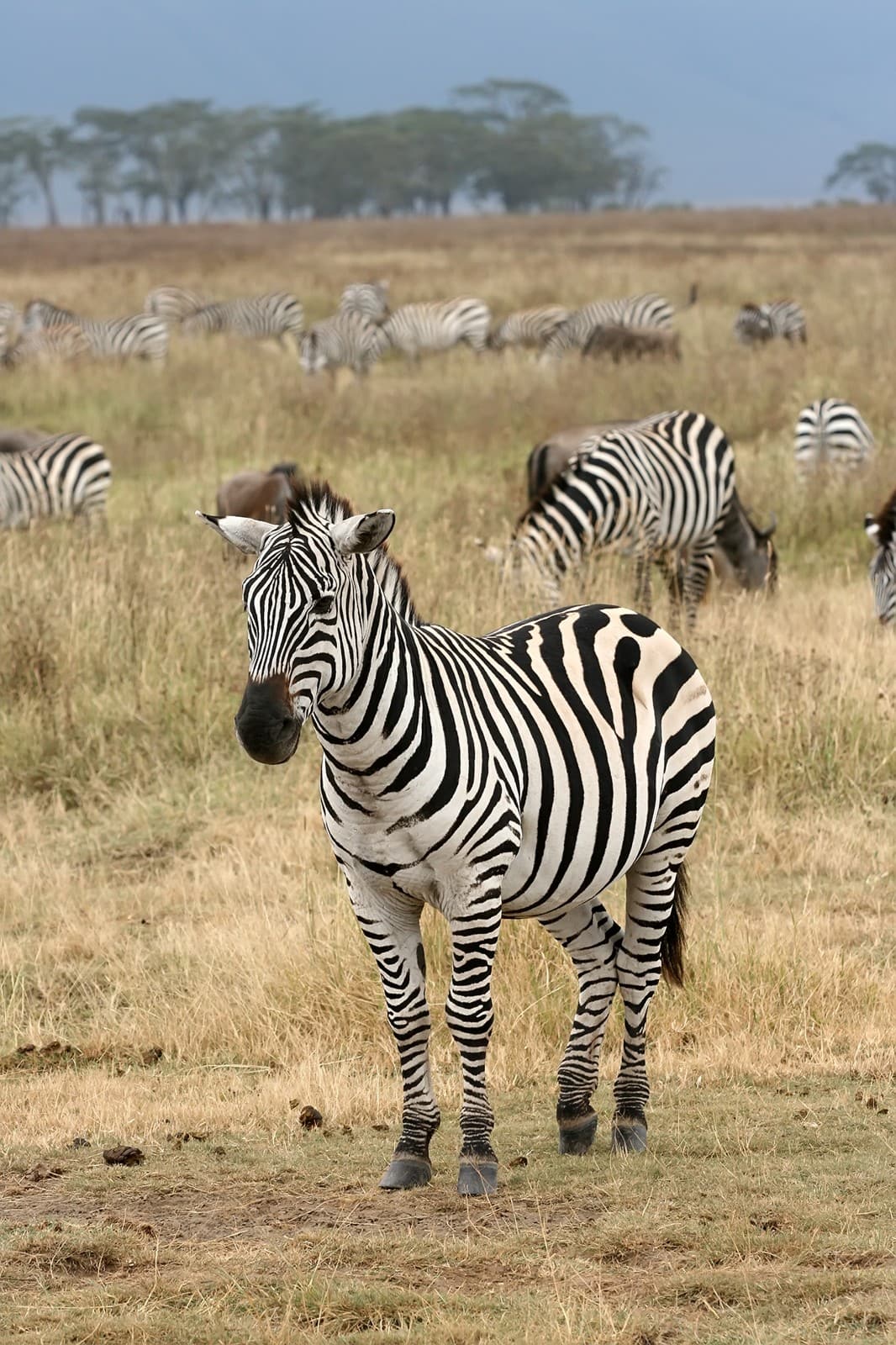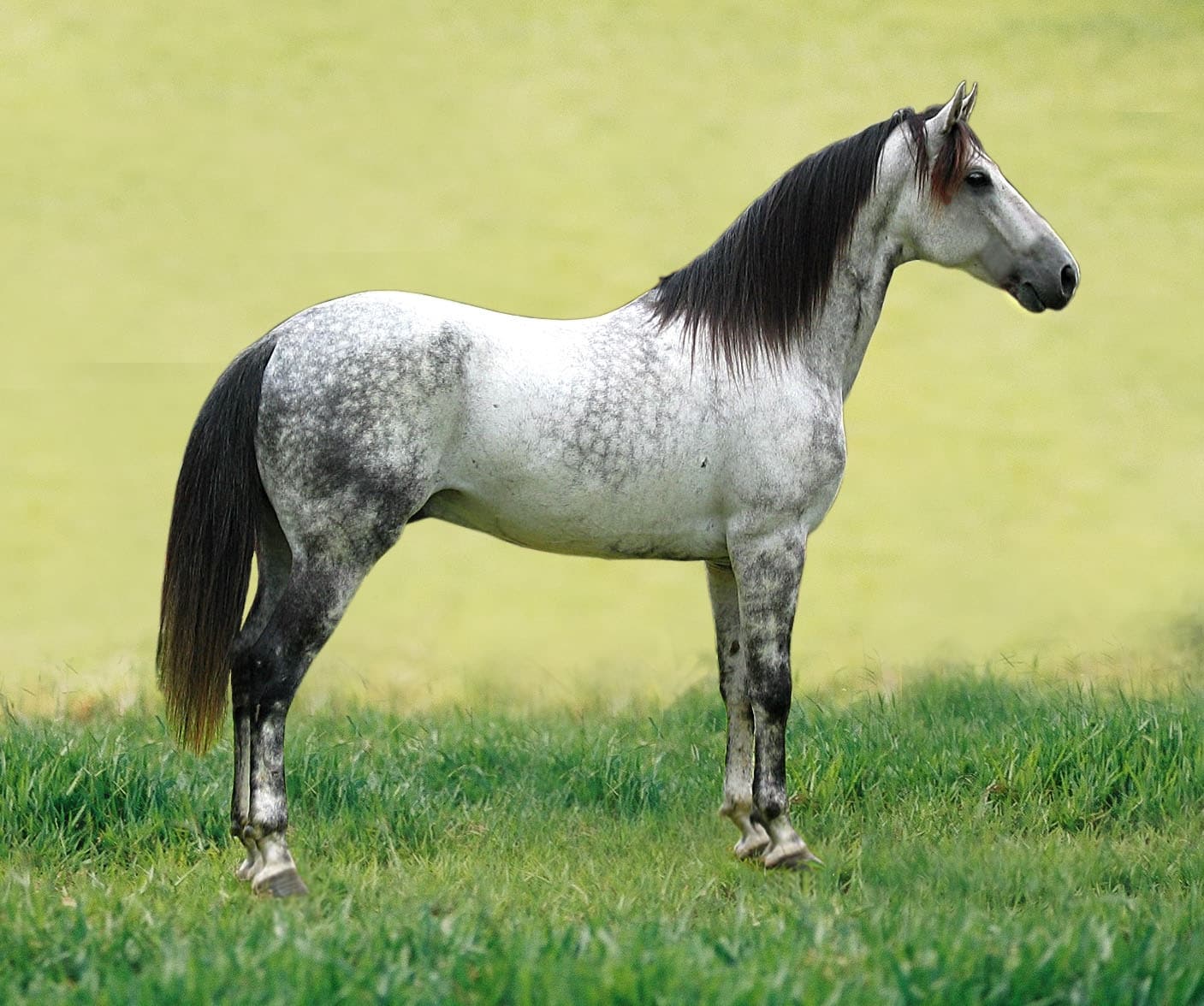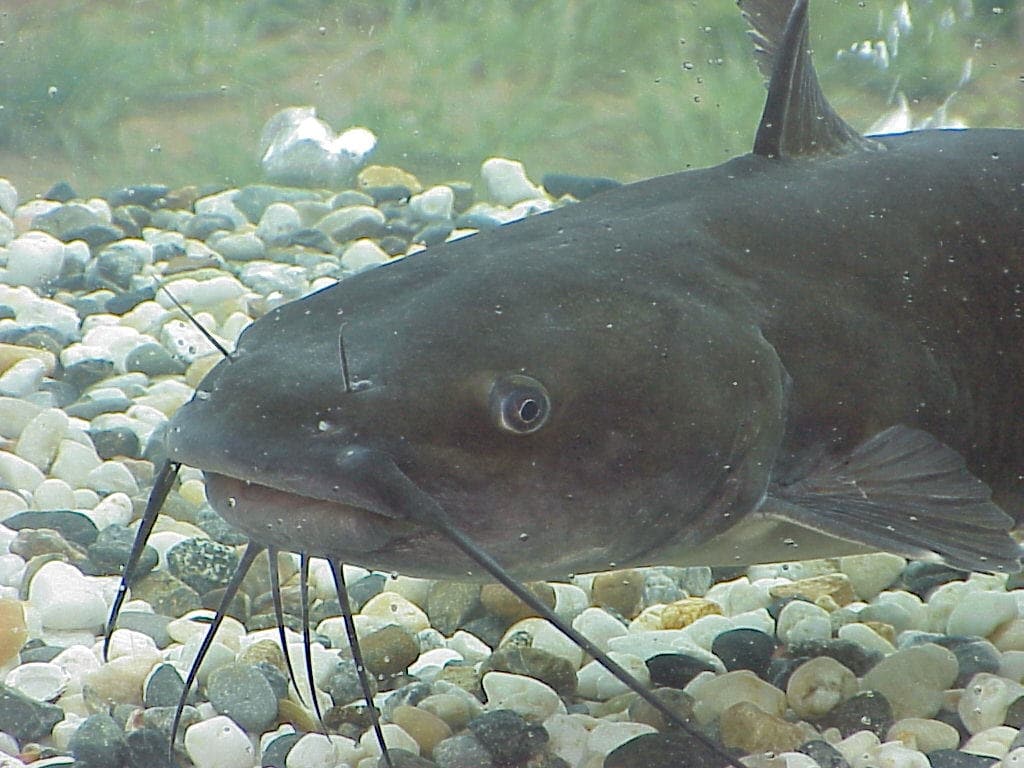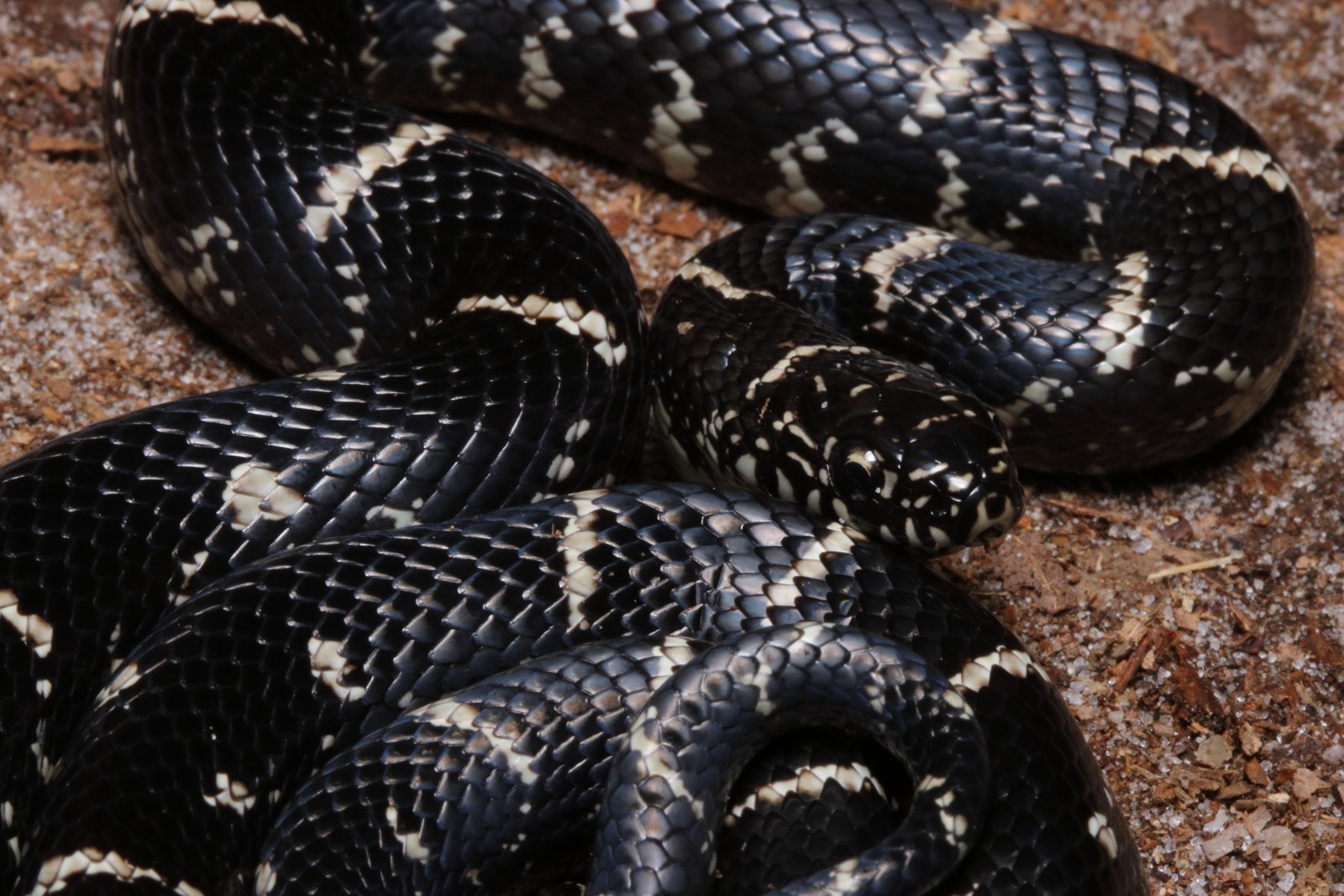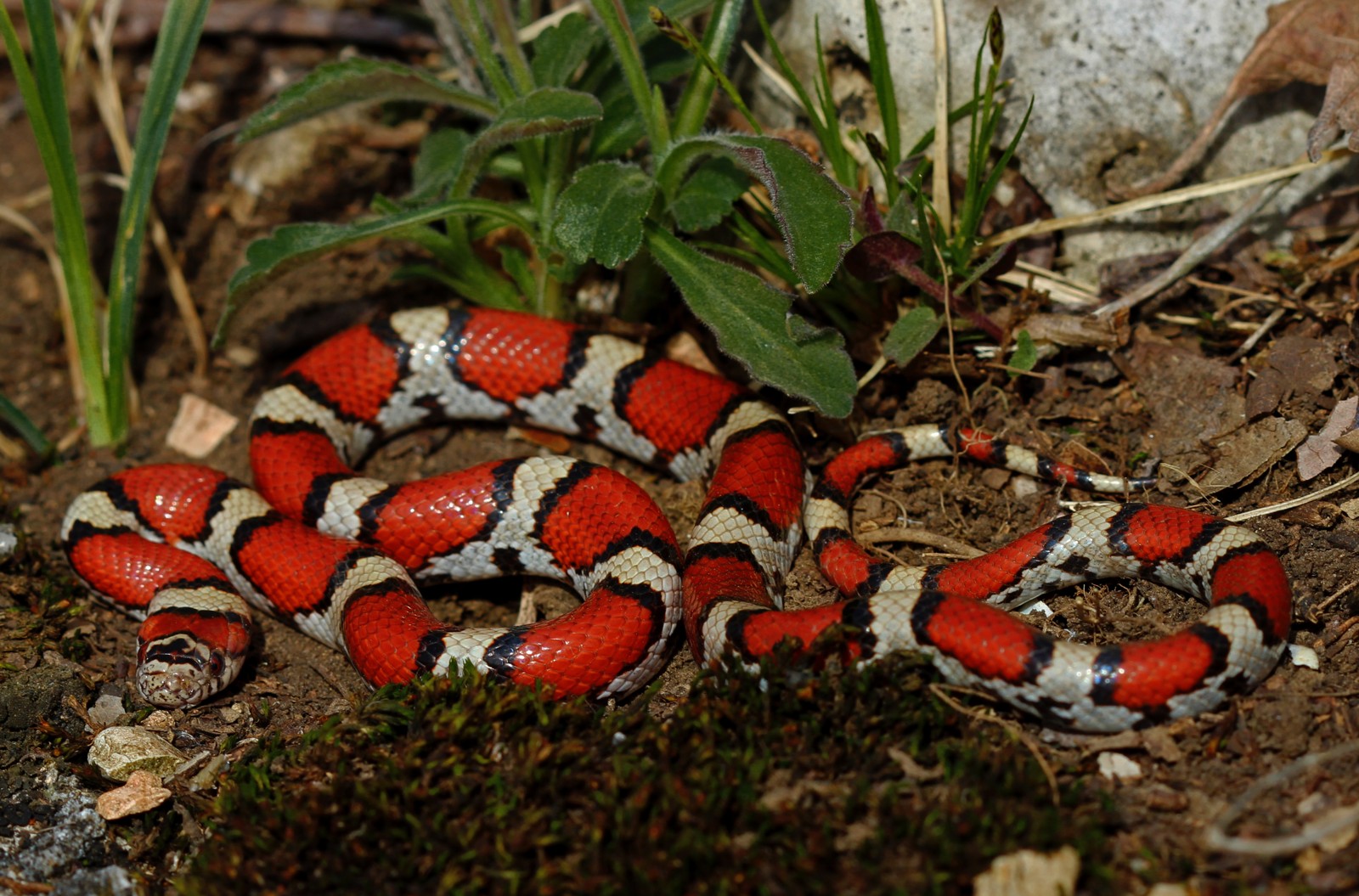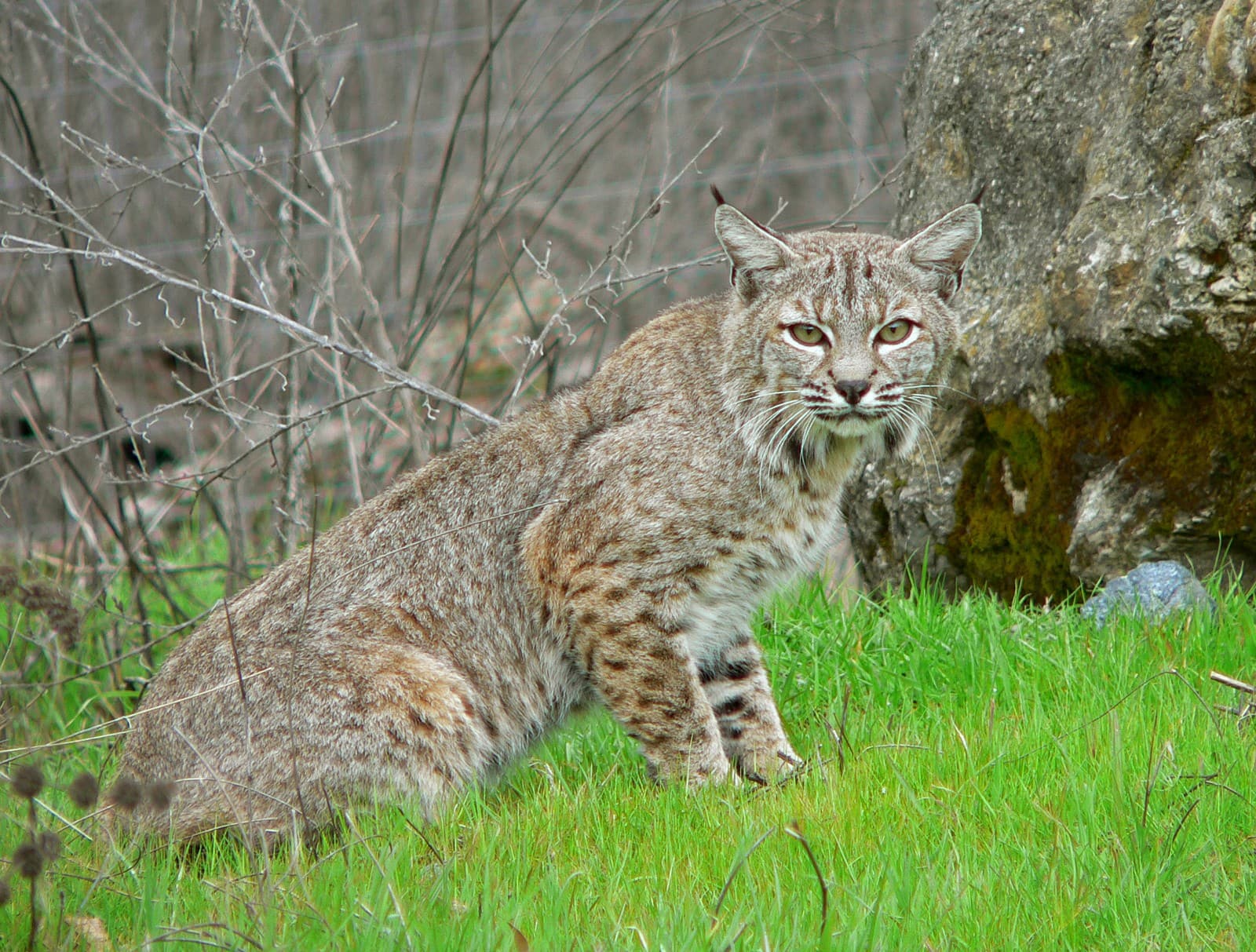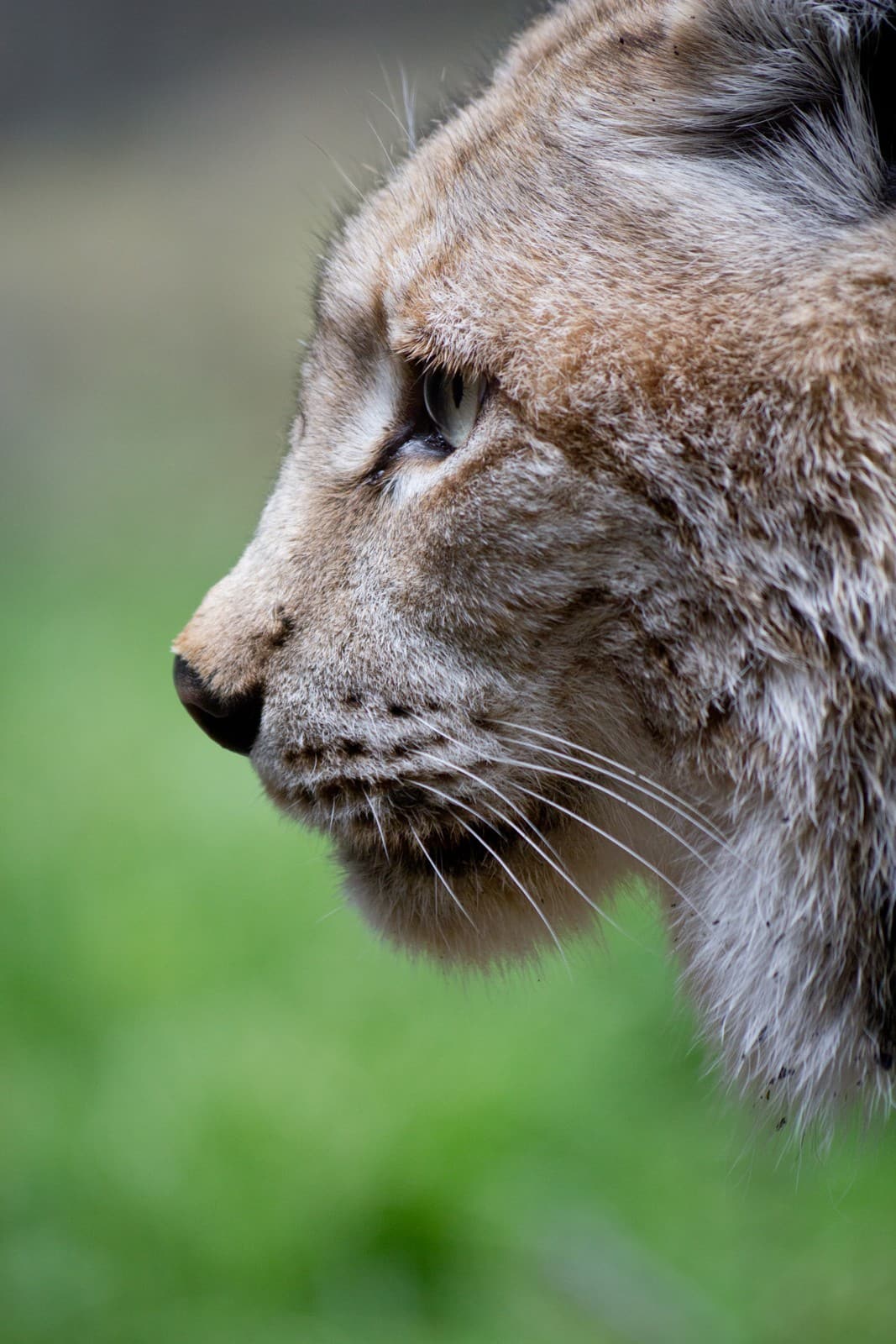Donkey vs Horse: A Complete Comparison
While donkeys and horses share common ancestry as members of the Equidae family, these remarkable creatures have evolved distinct characteristics that set them apart. The most immediate difference between donkeys and horses appears in their size, with domestic horses typically standing 14-17 hands high (56-68 inches/142-173 cm), while standard donkeys measure 9-14 hands (36-56 inches/91-142 cm).
Beyond size, these equines display marked differences in behavior and physical adaptation. Donkeys evolved in arid regions, developing incredible survival capabilities including the ability to thrive on sparse vegetation and go without water for longer periods than horses. Horses, meanwhile, adapted to open grasslands, developing greater speed and agility for evading predators.
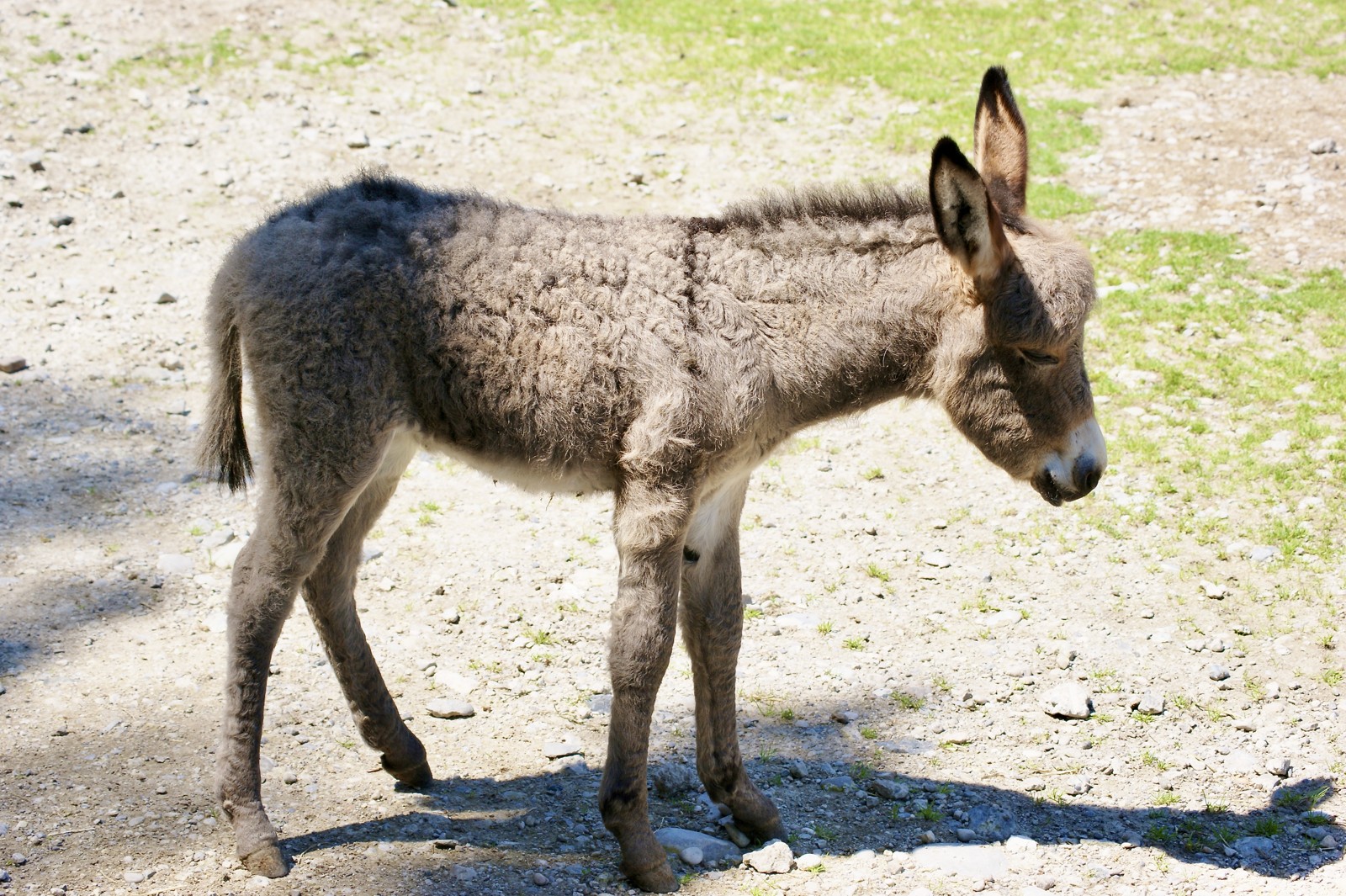
© NasserHalaweh / CC BY-SA 4.0
The distinctive features of donkeys, including their larger ears and more upright mane, reflect their desert origins. Their thick, woolly coat provides protection against extreme temperature variations, while their sure-footed nature makes them excellent companions in rough terrain.
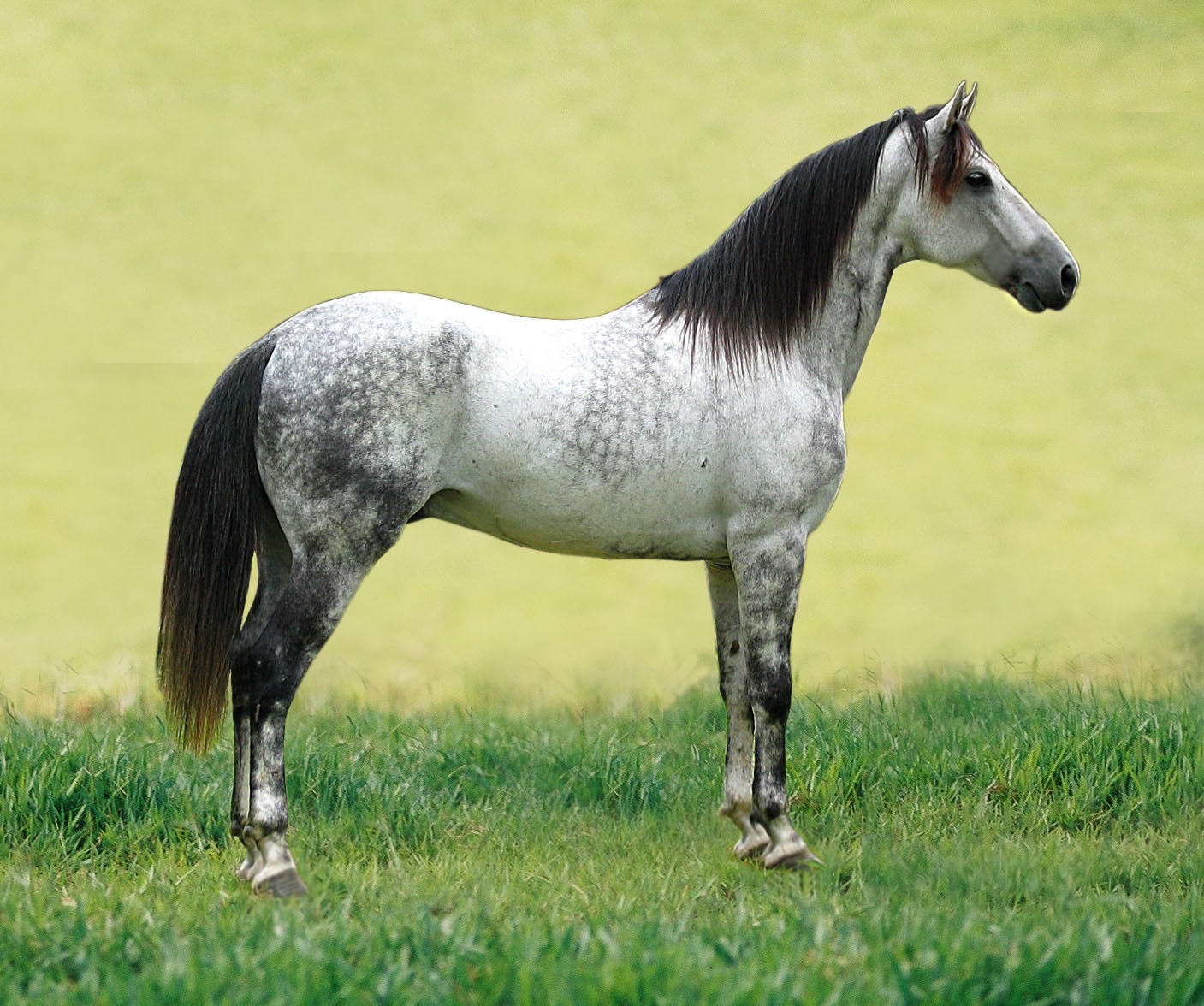
© No machine-readable author provided. Pbicalho assumed (based on copyright claims). / CC BY-SA 2.5
Horses exhibit more refined features, with their flowing manes and muscular builds highlighting their adaptation to swift movement across open plains. Their larger size and more developed musculature reflect their evolution as swift runners.
| Feature | Donkey | Horse |
|---|---|---|
| Height | 9-14 hands (36-56 inches) | 14-17 hands (56-68 inches) |
| Ears | Long, upright | Shorter, more mobile |
| Vocalizations | Loud braying | Whinnying, nickering |
| Temperament | Cautious, steady | Flight-oriented, reactive |
| Lifespan | 25-30 years | 20-25 years |
| Digestive Efficiency | Higher | Lower |
Physical Differences Between Donkeys and Horses
The most notable physical distinctions between donkeys and horses extend beyond size. Donkeys possess distinctively long ears, measuring up to 13 inches (33 cm) in length, while horse ears typically reach only 6 inches (15 cm). This adaptation helps donkeys regulate body temperature and detect distant sounds in their ancestral desert environments.
Behavioral Differences: Donkey vs Horse
When faced with threat, donkeys and horses display markedly different responses. Horses typically flee from danger, reflecting their evolution in open environments. Donkeys, conversely, tend to stand their ground and assess situations, often defending themselves against predators if necessary. This behavioral difference stems from their respective evolutionary environments.
Intelligence and Training Comparison
Despite common misconceptions, donkeys demonstrate remarkable intelligence and problem-solving abilities. Their cautious nature often leads to the incorrect label of “stubborn.” Horses, while equally intelligent, generally show more immediate responses to training due to their naturally reactive temperaments.
Working Capabilities and Uses
Historically, horses and donkeys served different working roles based on their unique capabilities:
-
Donkeys excel at:
- Carrying heavy loads over rough terrain
- Guardian animals for livestock
- Desert navigation
- Long-term endurance
-
Horses specialize in:
- Speed and agility
- Pulling heavy loads on flat ground
- Competitive sports
- Rapid transportation
Health and Care Requirements
The care requirements for donkeys and horses differ significantly due to their distinct evolutionary adaptations. Donkeys require less rich forage and are more prone to obesity on lush pastures. Horses need more frequent feeding and higher quality forage to maintain their energy requirements.
Who Would Win: Donkey vs Horse Confrontation
In natural confrontations, despite their smaller size, donkeys often prove formidable opponents due to their strong defensive instincts and powerful kicks. However, such confrontations rarely occur in managed environments, as both species typically coexist peacefully when properly socialized.
Breeding and Hybridization
When donkeys and horses crossbreed, they produce distinct hybrid offspring. A male donkey breeding with a female horse produces a mule, while a male horse breeding with a female donkey creates a hinny. These hybrids generally inherit beneficial traits from both parent species but are usually sterile.
Through understanding these differences, we can better appreciate how these remarkable equines have adapted to serve various roles in human society while maintaining their unique characteristics and capabilities.
